Click here for the index of the Nanasaba 1st Season Development Diary
Good evening! I’m sou7. How are you spending your Friday night? Up until Day 14 of the Nanasaba 1st Season Development Diary, I focused on the Houin Main Line. With so many new line reports lately, today I’m taking a break from that and discussing a different topic.
Postal Handling Volume Ranking
Yesterday, with the opening of the Houin Main Line, the backbone trunk lines across the regions are nearly complete. This means the postal network now reaches almost the entire Nana-Iro Country. So, I’d like to present the postal handling volumes from various locations in a ranking format!
※ This ranking includes not only post offices but also National Rail stations that handle mail.
10th Place: Takei Station
Takei City has a population of 35,000, which creates a significant demand for postal services. Takei Station, which manages the mail traffic between Takei City and the outside world, has secured the 10th spot.
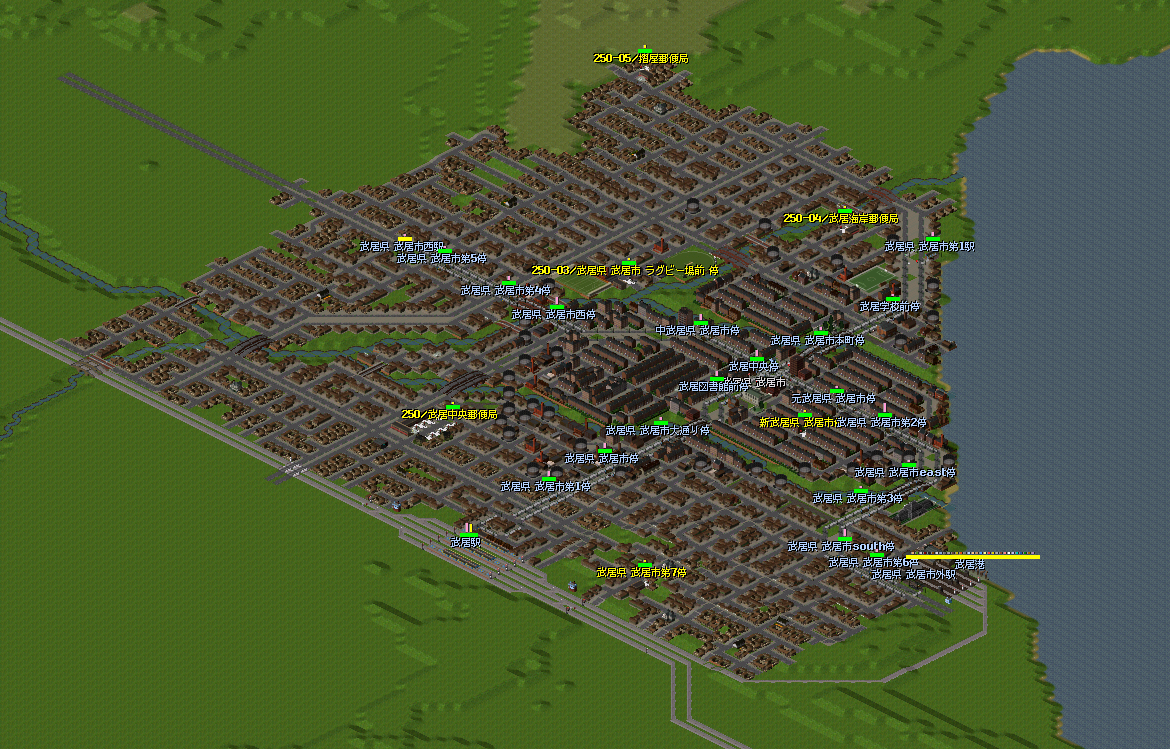
9th Place: Marisa Port Station
A ferry service operates between Marisa Port and Hoso Kamikurihama Port, serving as a major link between the Minahasa Peninsula and both the Tokai Region and the Southeast Region. Additionally, since the Houyou Main Line splits at Marisa Port Station, the resulting transfers are also counted. These two factors combined have earned Marisa Port Station the 9th place.
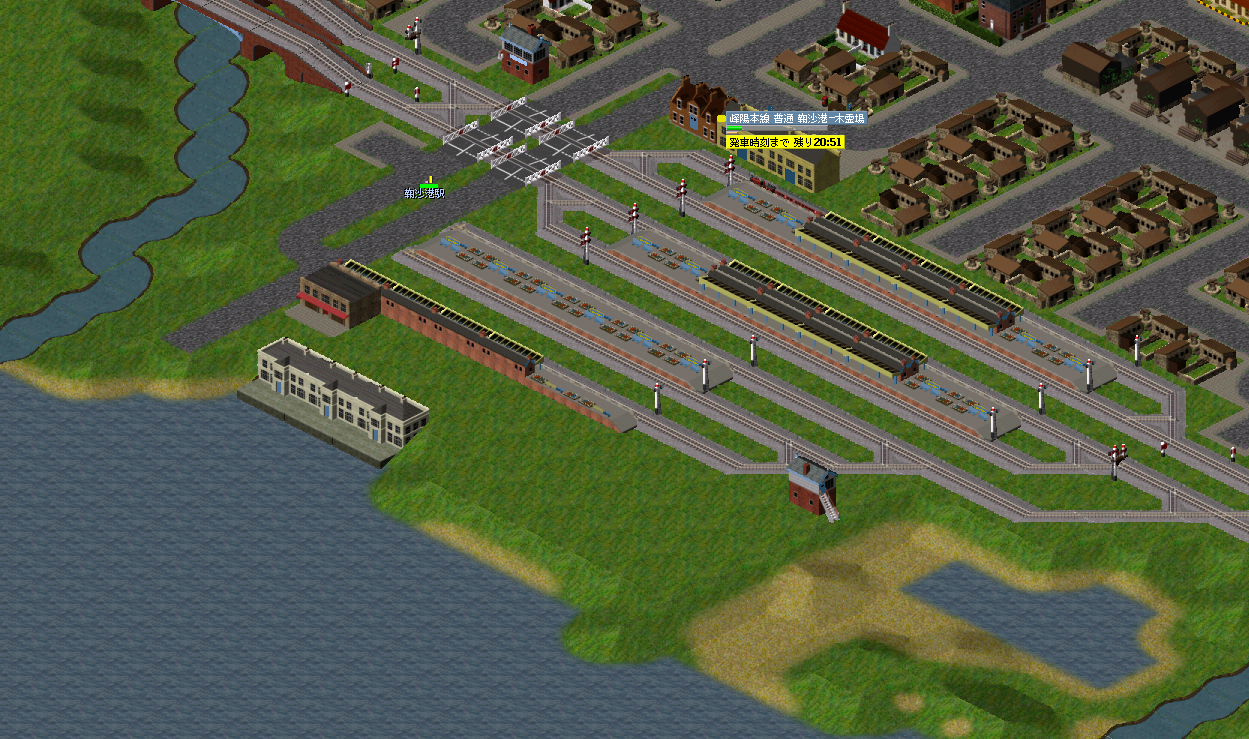
8th Place: Ryugu Station
Ryugu City boasts a population of 89,000—one of the highest on the map. At Ryugu Station, a large volume of mail is forwarded from the Ryugu Central Post Office, which has propelled it to 8th place.
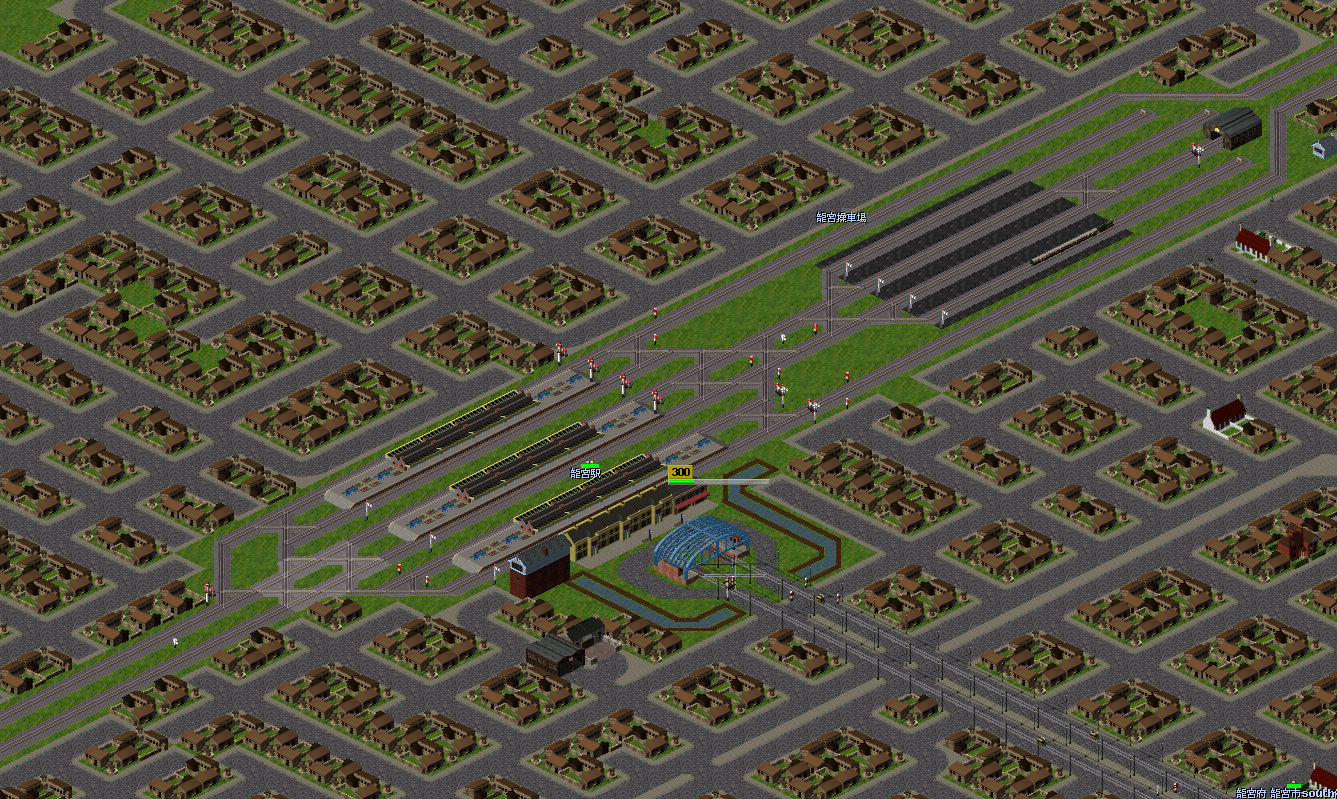
7th Place: Makasa Central Station
Makasa City also has a population of 81,000, making it one of the most populous areas on the map. Makasa Central Station handles the mail traffic between Makasa City and external regions, resulting in its ranking at 7th place.
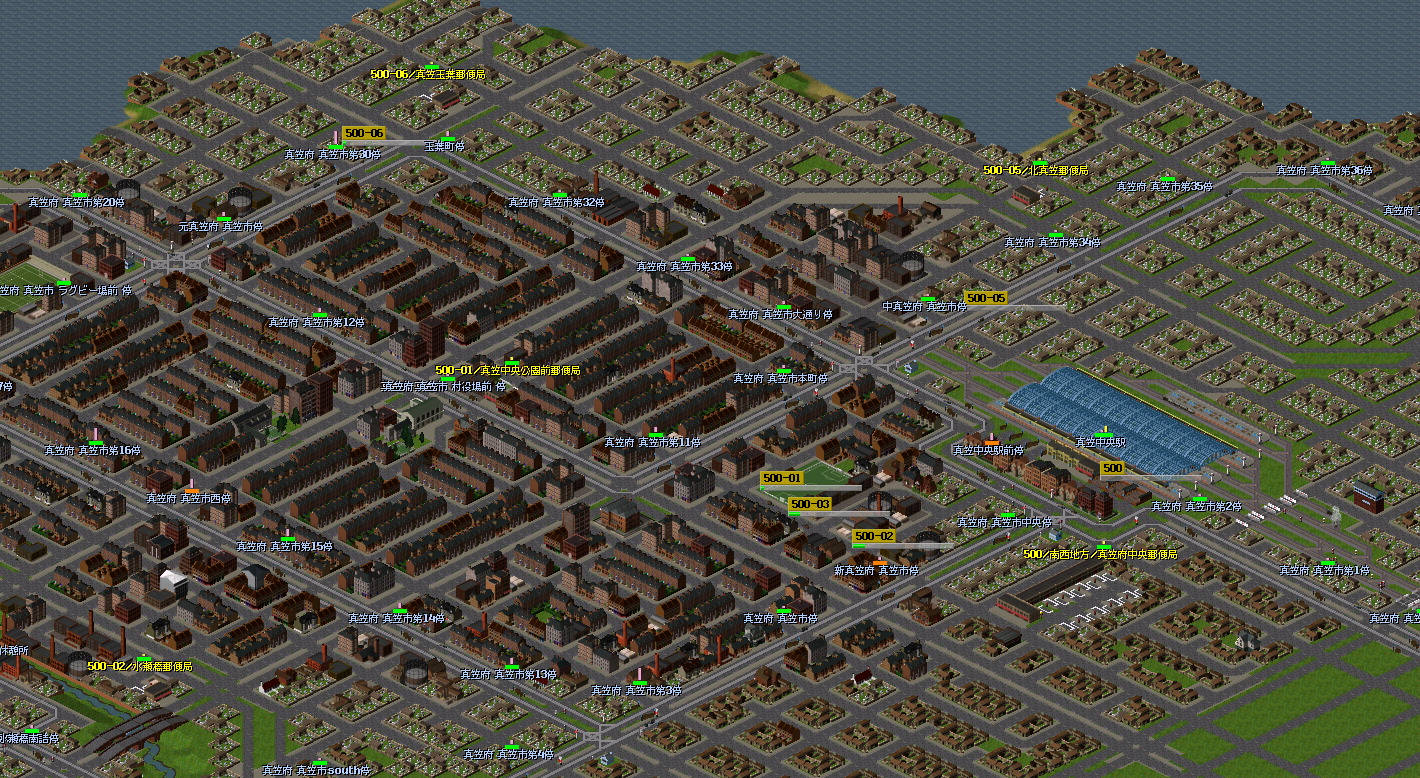
6th Place: Ryugu Prefecture Central Post Office
Another entry from Ryugu City—mail from across the city is consolidated and dispatched by the Ryugu Prefecture Central Post Office. Due to the high postal demand driven by Ryugu City’s large population, it has ranked 6th.
By the way, the 300 series connecting the Ryugu Prefecture Central Post Office and Ryugu Station handles a transport volume of 5000 kg·km per month.
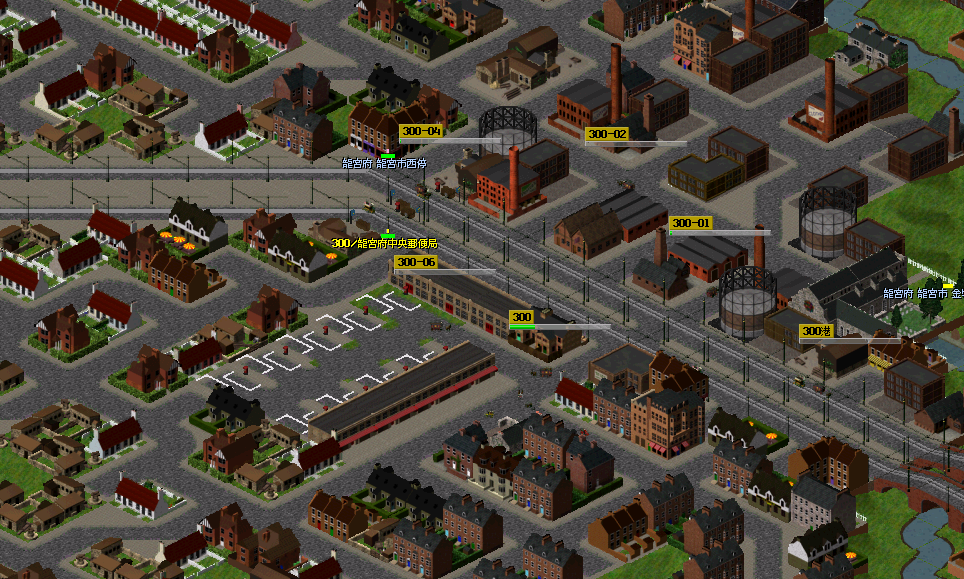
5th Place: Masaba Central Post Office
At last, an entry from the capital—mail from Masaba City and its surrounding areas is first gathered at the Masaba Central Post Office. Serving as the backbone of the capital’s postal network, it has secured 5th place.
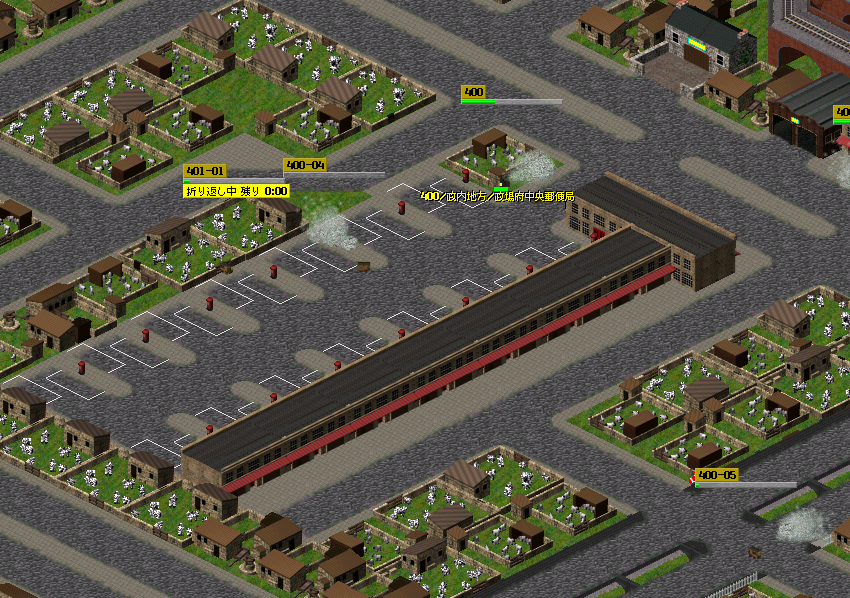
4th Place: Totsu Central Station
Totsu Central Station is the junction connecting the Totsu Line and the Kenen Line. While express trains carrying express mail run through here, local trains carrying regular mail have their routes split at this station. As a result, mail linking the Southeast Region with other areas is transferred here, earning it a high ranking.
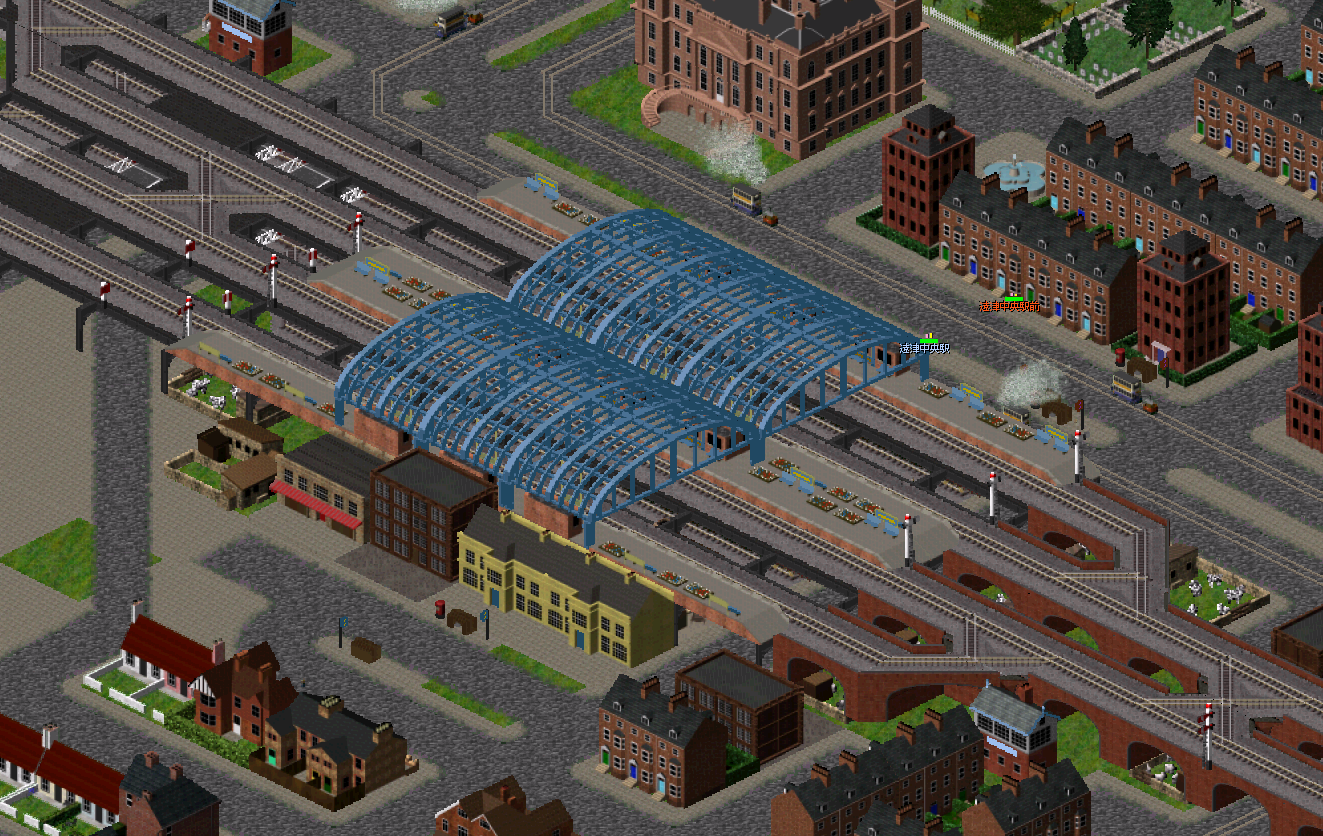
3rd Place: Hareba Station
Hareba Station is located at the intersection of the Makasa Main Line and the Saikai Main Line, and it also serves as the point where the local train routes on the Makasa Main Line split. This generates a high demand for transfers, placing Hareba Station among the top three.
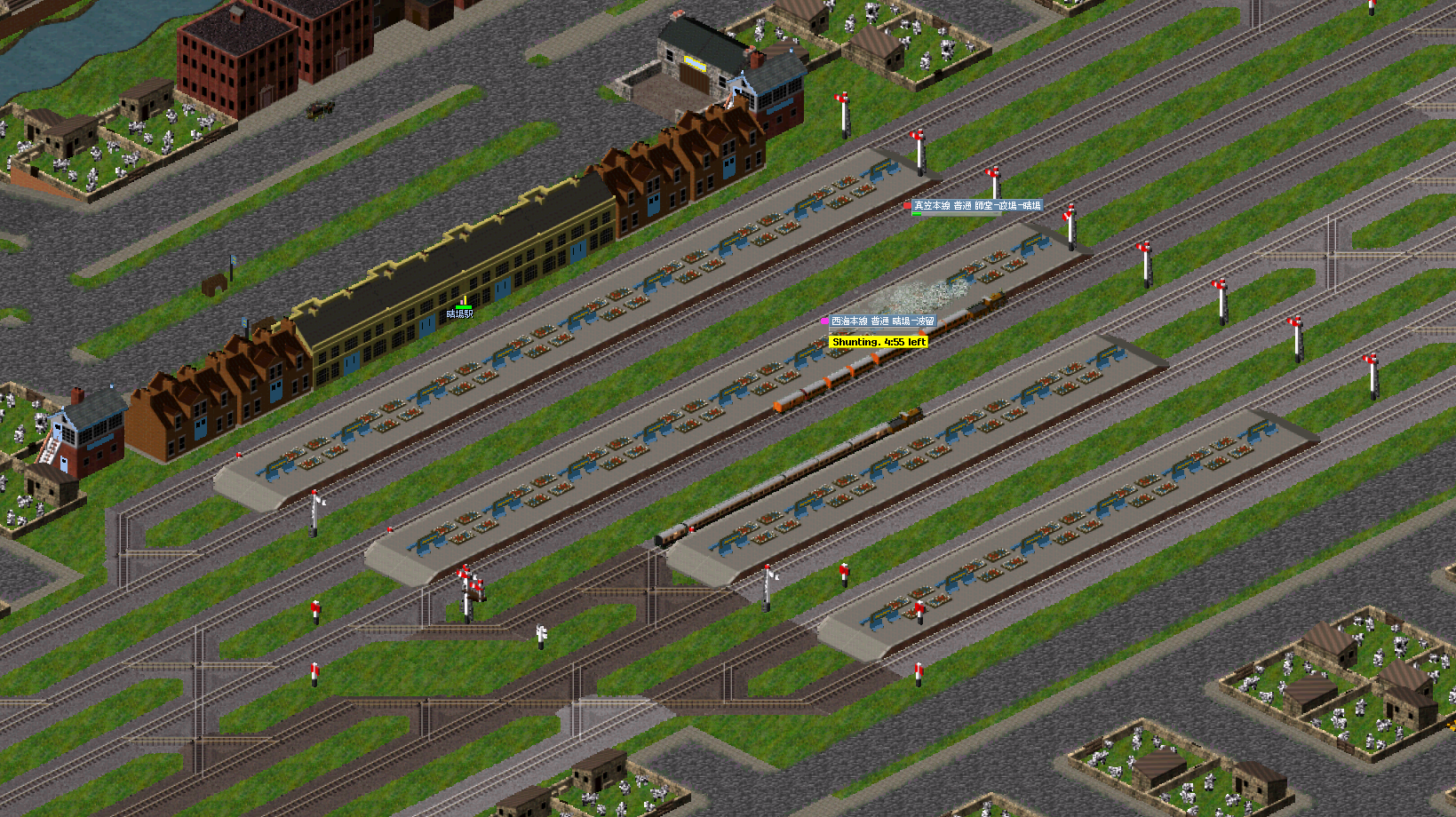
2nd Place: Masaba Station
The gateway to the capital, Masaba Station, has ranked 2nd. Have you started guessing what might be in 1st place? Not sure yet? Think it over!
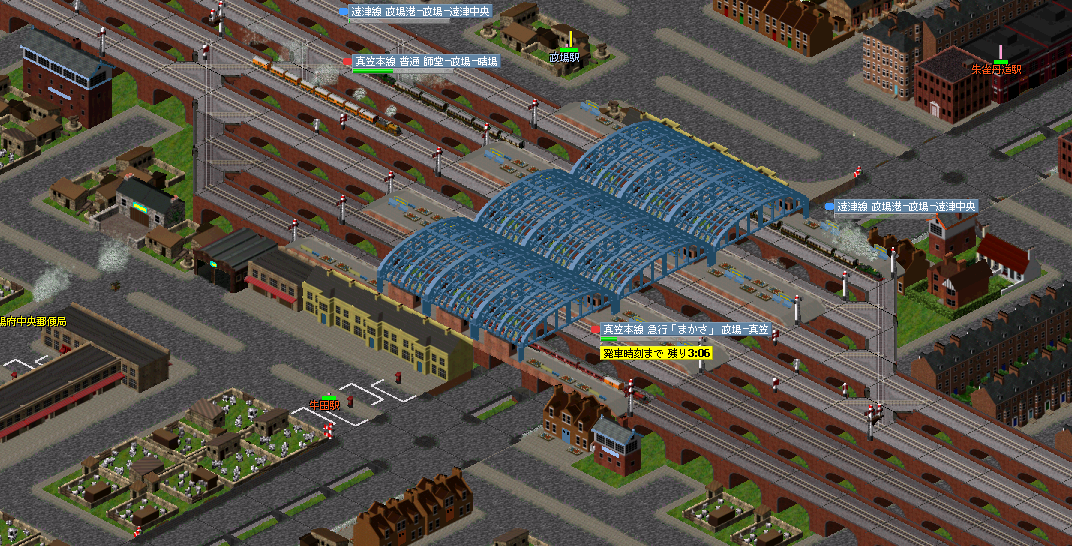
1st Place: Paru Station
The illustrious top spot goes to Paru Station! With the opening of the Houyou and Houin Main Lines, the Minahasa Peninsula is now connected to various regions. As a result, Paru Station, located at the base of the peninsula, has dramatically climbed the rankings to top the postal handling volume chart.
Paru Station is served by four lines—the Hoso Line, the Saikai Main Line, the Minahasa Main Line, and the Houin Main Line—with additional demand flowing in from the Houyou Main Line. It has become a hub for routes extending in all directions.
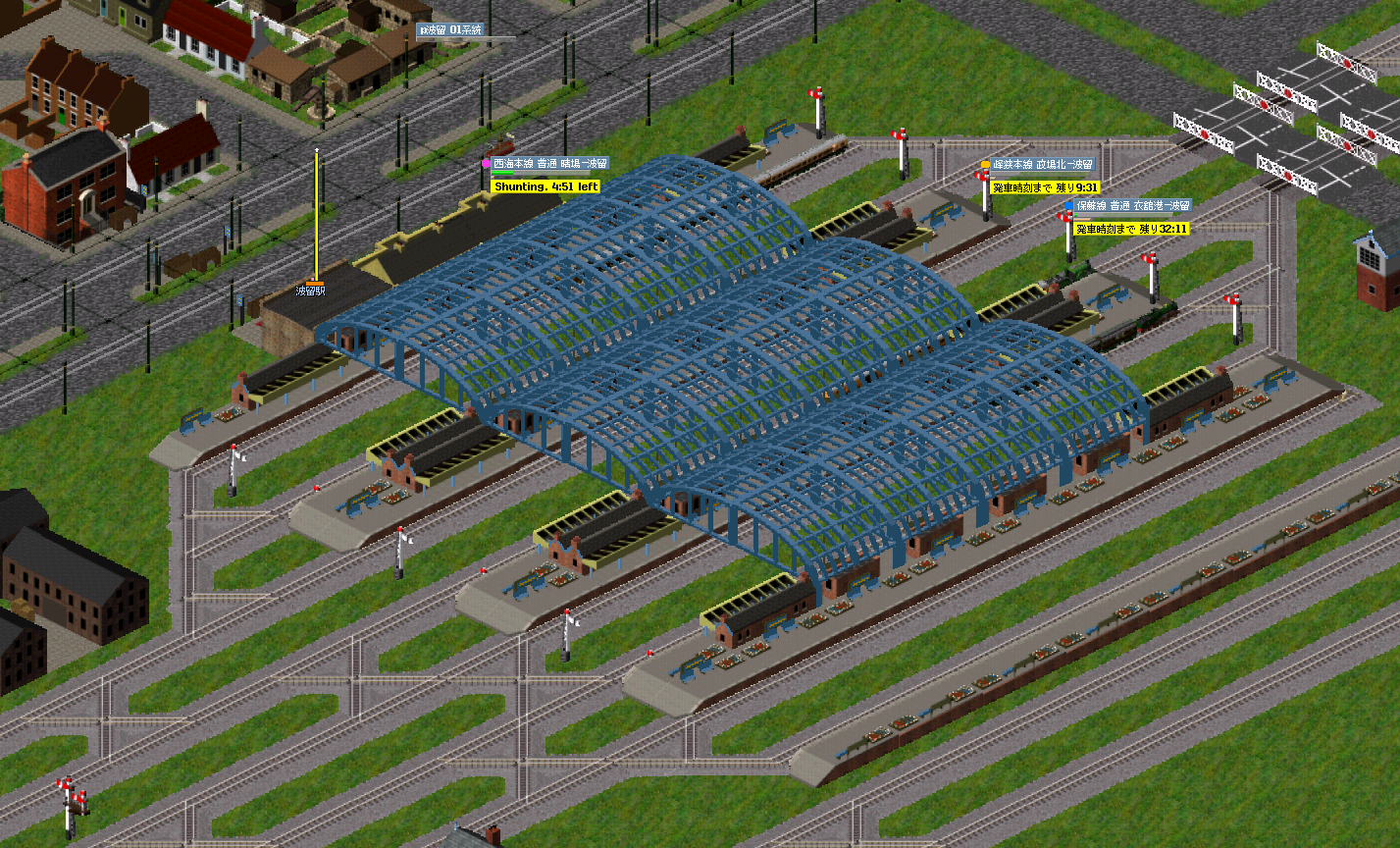
Were you surprised by the results, or did they meet your expectations? I look forward to seeing how these rankings will change in the future. Before we knew it, in-game time has entered the 1900s, and new technologies such as electric trains are being developed.
Until next time, please look forward to Day 16 of the Nanasaba 1st Season Development Diary!